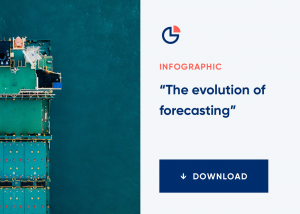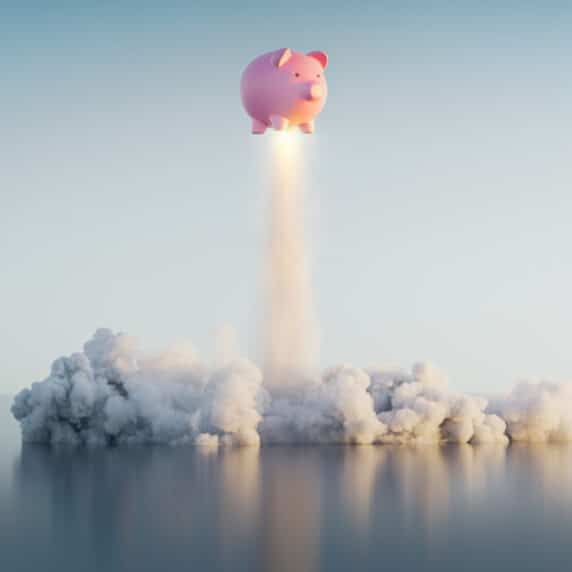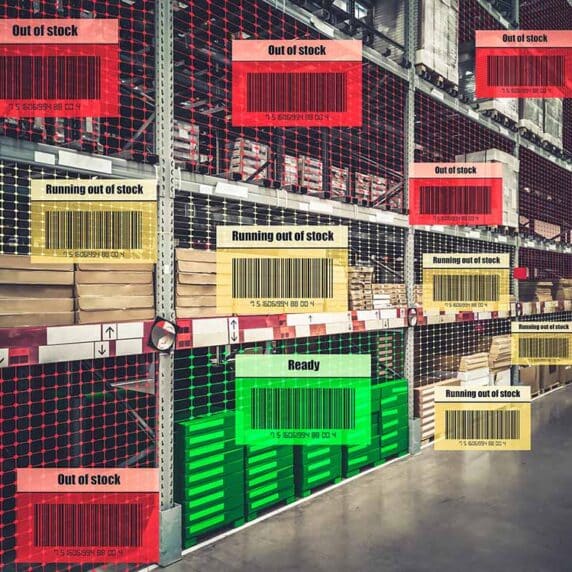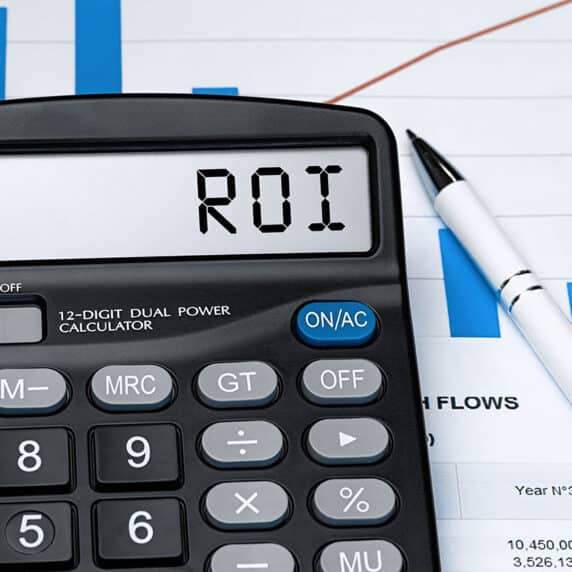The Evolution of Forecasting
You don’t want to be on the left side of the above forecasting evolution chart — which represents the leaps that have netted big advances in supply chain KPIs.
Early forecasting hominids were purely reactive or assumed that whatever happened last period would pretty much happen again this period (e.g., if there were eight antelopes on the plain yesterday, there will probably be a similar number there today).
Early man discovered statistical demand forecasting. Not quite the wheel, but a big leap forward. A time series of previous values could be used to create a bar chart displaying aggregated demand one period after another. It projected forward what happened in the last few periods or simply added X% to the previous number.
This evolution spawned another advancement – fitting curves through historical demand, creating moving averages and trend lines. Even seasonality could be incorporated into the calculation. Winter is coming. There should be less antelope.
Demand Planning helped by incorporating additional hierarchical and causal effects into the forecast. However, as time marched on, business complexity kept increasing. In another part of the world, marketing and sales were unlocking clues to customer behavior.
Unfortunately supply chains were still in the relative dark ages, forecasting with cumbersome algorithms and crystal balls. This inability to integrate and leverage increasingly available data caused forecast accuracy to stagnate. We still see companies with Item-Location forecast accuracy [using mean absolute percent error, or MAPE] as low as 70 percent or less.
This shortfall is especially common at companies using a “top down” approach to forecasting – where demand is forecasted in aggregate and then broken down to SKU-Location detail for inventory and replenishment planning. Aggregation smoothes out variability and ‘noise’, making it easier to generate a high level forecast. However, forecast quality at the SKU-Location level is poor because the demand signal detail is filtered out along with the noise, losing crucial information about volatility and margin of error.
So a new form of forecasting has evolved called Demand Modeling. It works from the bottom-up, rather than top-down. It develops a demand model that recognizes the unique daily demand pattern for each individual SKU-Location combination. It breaks this demand stream into a series of components – internal and external factors — and looks at how each individually impacts demand. These components can include a statistical baseline forecast; seasonality, calendar, and daily sales patterns; demand-shaping via new product introductions and others. It greatly improves forecast accuracy at the detailed level, and reduces the manual intervention to make things work.
This approach is valuable because the most significant information about demand variability and volatility lives down in the most granular level of detail; from there, the forecast can be aggregated to any level to support an S&OP process or operational inventory deployment across the network.
Incorporating detailed channel data makes it an “outside-in” approach, also called “demand sensing”. Demand sensing improves forecasting by translating downstream channel demand into a demand signal for each upstream SKU-Location, improving the reliability of the statistical forecast and reducing demand latency.
The most recent development, machine learning (a form of artificial intelligence), captures and models complex patterns that shape the demand signal, enabling forecasters to continuously fine tune the signal-to-noise ratio. This cutting-edge technology identifies hidden patterns and trends that are extremely difficult and/or time consuming to uncover through other approaches, such as standard statistical techniques or human analysis. The results are then used to refine future analyses, automatically making the system smarter and more accurate over time. It is well-suited to frequent promotions, new product introductions, “long-tail” demand, and extreme seasonality. For instance, a machine learning system exploiting web data to detect new product success will find and learn which demand indicators—page hits, specification downloads, time on site—are most telling, and update its model as customer behavior changes.
So how “evolved” is your forecasting?
Click below for a high resolution version of the Evolution of Forecasting infographic shown above.






